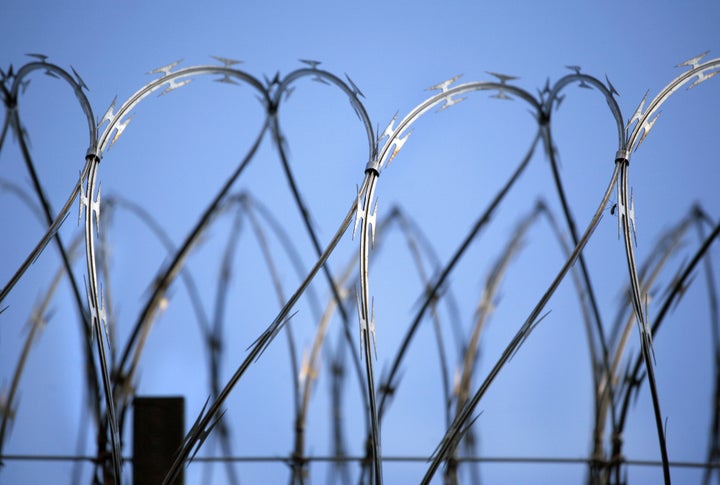
So, who should be released? The recent Supreme Court decision that orders the state's prison system to release 30,000 inmates raises questions about the effect releases will have on crime rates.
One Republican respondent from central California said that offering inmates early release after they've been arrested, convicted and sentenced by responsible authorities "is wrong -- it's very, very wrong." But what if it was wrong or at least a very, very bad idea to have such costly and ineffective laws in the first place?
Conventional wisdom says that if we lock up criminals they won't be committing crime and therefore society will be safer. This is a very simplistic analysis.
First, there is no consistent relationship between mass incarceration and decreased crime rates. Proponents of mass incarceration tend to look at the increase in mass incarceration and the decrease in crime throughout the 1990s. I think this is a classic case of cherry-picking data. If we go back to the 1970s when mass incarceration began, we find that we can't have it all ways and still have a coherent explanation: 1) Incarceration rates and crime rates bounced up and down a small amount but were fairly level from the 1930s to the 1960s; 2) Incarceration rates and crime rates increased together in the late 1970s-1980s; 3) Incarceration rates continued to go up as crime rates went down in the 1990s; and 4) Incarceration rates continued to go up as crime rates leveled in the 2000s.
Second, prison is criminogenic. While society certainly is safer with very specific people behind bars, that is different from saying the more people we incarcerate the safer we will be. 95 percent of inmates will eventually be released. Ex-offenders face three main challenges, which, when not addressed, are risk factors for more crime. These are housing, jobs and healthcare/drug treatment. Successful reentry addresses each of these concerns; recidivism is often associated when these needs are neglected.
Prison is necessary. However, we need to get away from this idea that prison is the only or even the best solution to all crime. So the question that we started with is: who should be released?
Paradoxically, there is no relationship between seriousness and risk; serious offenders have similar rates of recidivism to less serious offenders. Older and one-time offenders are less likely to reoffend. Releasing less serious offenders such as property offenders or petty drug offenders may increase the recidivism rate in California.
Releasing 30,000 offenders can be done without raising crime rates. It would behoove the state to track crime rates of those who were released early compared to a comparable group of inmates who were not, and to make sure that those who are released are provided with housing, employment and healthcare support so as to reduce risk of reoffending and keep the public safe.